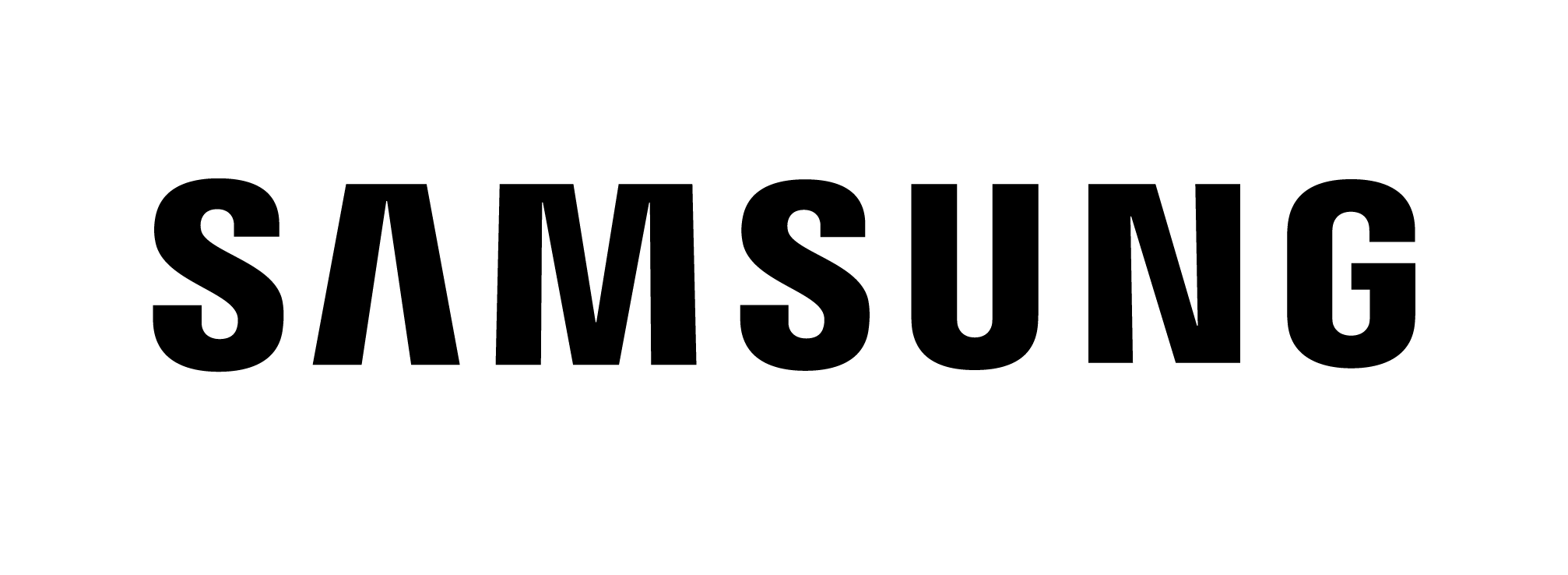A smart glove-like device has been developed that can translate American Sign Language (ASL) into English in real time.
A paper on the device has been published in the journal Nature Electronics by researchers from UCLA.

Jun Chen, an assistant professor of bioengineering at UCLA, said: ‘Our hope is that this opens up an easy way for people who use sign language to communicate directly with non-signers without needing someone else to translate for them.
‘In addition, we hope it can help more people learn sign language themselves.’
The system uses a pair of gloves with thin, flexible sensors stretched along the length of the fingers and thumbs.
The sensors themselves are smart textiles in the form of yarns that are able to conduct electricity.
These are able to detect and identify movements in the hands and fingers that represent phrases, words, letters and numbers.
The movements are translated into electrical signals and sent to a small attached circuit board that is worn on the wrist.
Smartphone app translates the signals into spoken English
They are then transmitted to a smartphone that translates them into spoken English, which is delivered at a rate of about one word per second.
As with other sign languages, ASL is not restricted to just hand movements and symbols.
Facial expressions also play a part and, for the purposes of the study, these were picked up using adhesive sensors attached to the testers’ faces at the side of their mouth and between their eyebrows.
Chen said that previous devices used to translate sign language were bulkier or uncomfortable to wear compared to the gloves.
The team added that the gloves were lightweight and inexpensive, with the stretchable polymers used also being very durable.
In testing the device, the researchers analysed 660 hand gesture patterns.
Working with testers who are deaf and use ASL, they had the wearers repeat hand gestures to train a machine learning algorithm, which translated them into the phrases, words and constituent letters they represented.
The team were then able to demonstrate a recognition rate of close to 99%, with a recognition time of less than a second.
ASL is far from being the only sign language, but it is widely used, with an estimated 250,000-500,000 users in the US and English-speaking Canada, with other variants or dialects used around the world.
Today’s news was brought to you by TD SYNNEX – the UK’s number one solutions distributor.

